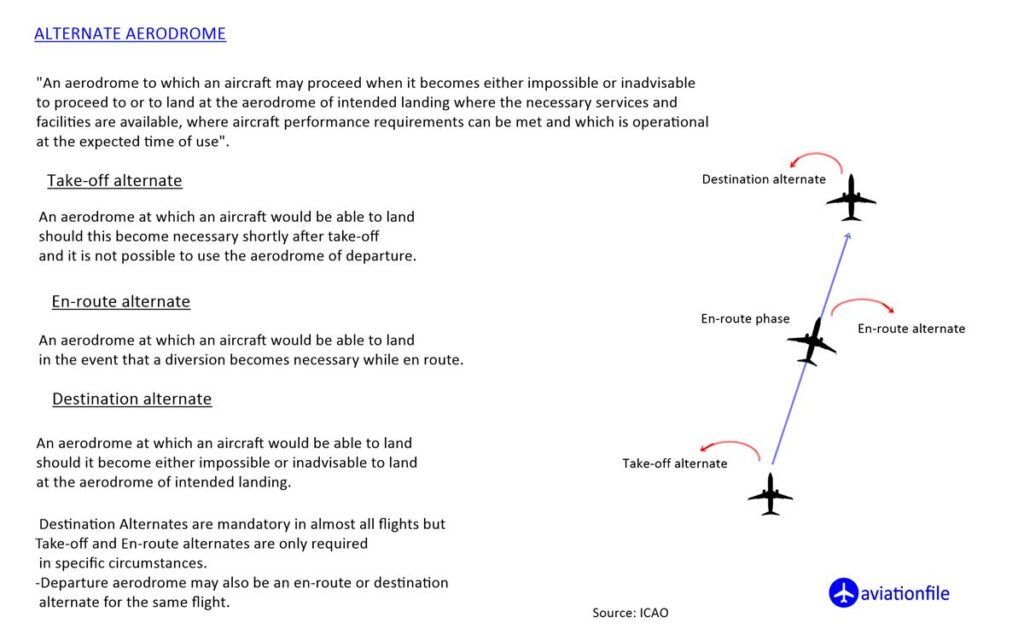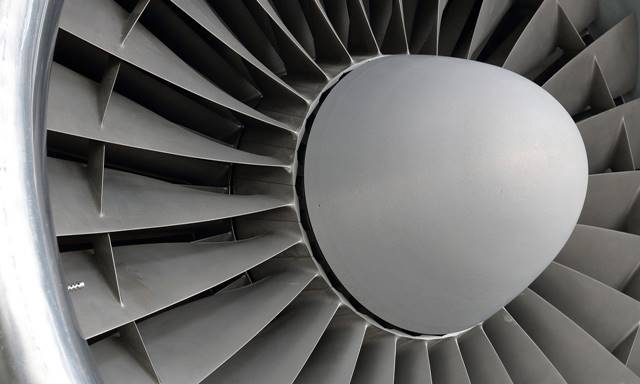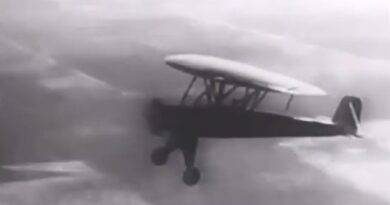Divert, Definition and Reasons
In this article, we will talk about the divert of aircraft. First of all, what does it mean for planes to divert? How do planes prepare for divert situations? and why do planes divert?
Let’s explain a little bit about what it means to divert planes. Let’s consider a normal flight of planes. First of all, the planes depart from the departure aerodrome. They make their flight and land on the destination aerodrome. There may be some situations outside of this usual flow. There may be some problems at the destination airport, or the planes may have some problems during their flight. In such cases and in case of failure to land at the destination, the aircraft may divert to another airport or alternate aerodromes specified in their flight plans. So what do planes do in advance against divert situations? In the face of any changes that may be encountered, alternatives are produced without compromising safety.
Divert is also common in aviation, and aircrafts consider possible scenarios in the event of diverting during the flight planning phase. Airline companies must specify the number of alternate airports in accordance with the rules when filling out the flight plan. For example, an airplane departing from Istanbul airport and filling out a plan to go to London Heathrow airport may indicate London Luton airport as the alternative airport in case of a possible divert.

So why do planes divert? First of all, let’s talk about the problems that can be experienced in the stages of the flight. Airplanes can have problems at all stages of their flights. Aircraft may have to divert during their flights due to some passenger related problems. For example, the plane, which has a passenger with a suspected heart attack in the cruise flight phase, needs to divert to the airport where it can reach the most convenient and fastest airport in the region. So in the middle of the flight, they may have to divert to the airport of a country they had never anticipated because there was an emergency.
Aircraft can experience technical problems and may divert.
Aircraft may experience some technical problems during their flight. For example, cabin pressure problems may occur during flight and the aircraft may have to land quickly. Or aircraft may have to divert due to an engine failure during the flight phase. For many technical reasons you can think of, aircraft may have to divert to ensure safety.
There may be problems in the destination airport.
When the planes approach to the destination airports, they sometimes experience difficulties in the last parts of their flights. There may be runway closure at the arrival airport and the approaching aircraft may have to divert. Runway closures can be for many reasons. An airplane that has previously landed may experience an incident on the runway and therefore the runway may be closed.
Airplanes may divert for meteorological reasons.
As you can see from the title, meteorological reasons sometimes prevent landing on the destination aerodrome. For example, heavy fog and low visibility can prevent the plane from landing on the destination. Or severe cross or tail wind that are not suitable for runway directions and exceed aircraft / company limits may require aircraft to divert.
Airplanes can divert for the reasons explained above, and divert is a common occurrence in aviation. Moreover, planes take into account the divert situation while planning fuel before the flight and supply fuel accordingly. As a result, divert happens as a result of an unusual situation and can happen for many reasons. Safety is a priority in every decision in aviation.



